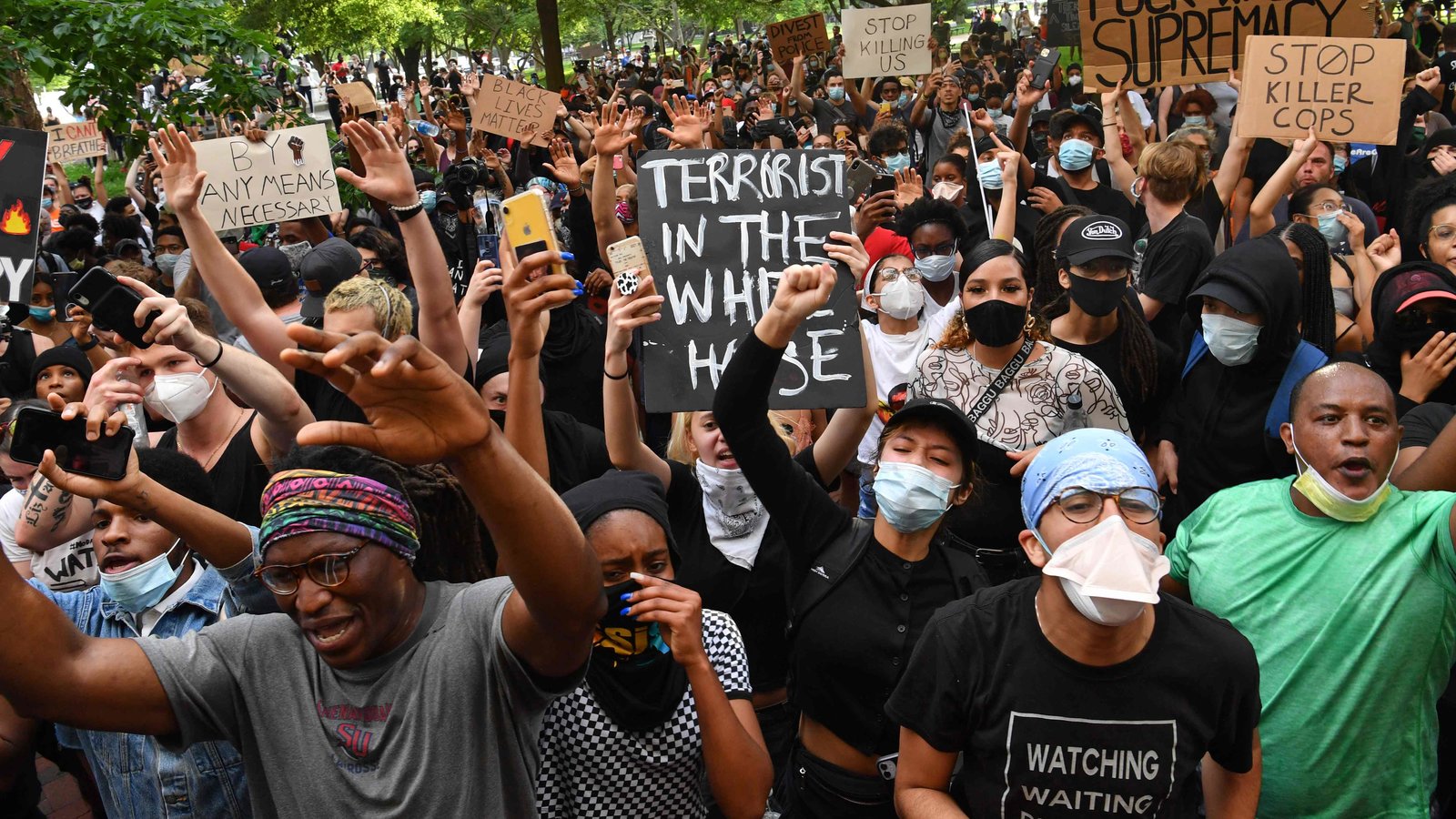Black Protests And White Violence During 1918 Flu Teach A Lesson
Nikki Attkisson | Last Updated : February 17, 2021Adella Bond fired a bullet in the air. She wanted to attract the police. A mob had gathered near her home to tell her that she was not welcome there.
Bond was a black municipal probationary officer. She knew about the racial conflicts happening in her neighborhood.
It once belonged to the whites. But they began housing the blacks during the great migration when they migrated from the North to the South.
Black Protests And White Violence During 1918 Flu Teach A Lesson
Black people were trying to escape from white violence from 1916-1970. They wanted refuge, own property and wanted to work in the North.

The industrial employment available in the North attracted millions of black people to the region. Black people in the South also sought the same things and a better life through World War II and afterwards despite the segregation and harassment they experienced there.
Bond had heard that the whites gave a tough time to a black family. They harassed them and burned their furniture in the street in July.
She also knew that another black woman lived in Ellsworth Street earlier in Bond’s same house on Wednesday, July 24, 1918. So she felt that the place might be safer now.
The second time she walked in the street, they stoned her. Two days later, the violence reached her front door. Nearly 100 boys and men surrounded her home on Friday, July 26.
She heard them talking of guns. She even saw them. At last, there came a man holding a baby with him, Bond said in the court after two years. Giving the baby to a woman, he threw a rope through the window of her parlor.
She was confused as to what the crowd will do next. And she fired a revolver to attract the police. The policeman did come. But he realized that he could not handle the mob on his own. Thus he changed it into a call for a riot.
The rope-thrower had received a shot on his leg. The police arrested him. Bond, too, was arrested, accusing him of inciting the riot.
A series of violence and conflicts followed the incident. It then became the most violent period in the history of Philadelphia.
Violence by the whites, police encounters and calls for racial justice shook the city during the 1918 flu season.
In May 2020, a white policeman killed George Floyd, a black man from Minneapolis. The incident combined with a few others to create a movement called “Black Lives Matter.” It spread fast and attained great support, both nationally and internationally.
In spite of the challenges the blacks faced in 1918, these riots, too, brought certain changes in Philadelphia. The impact of the riots and the deaths due to the flu season still remains unknown.
The riots happened during a lullaby period between the two great pandemics, a renowned author reports.
During the Great War in Europe, attention shifted to other issues. The riots didn’t contribute to the spread of any pandemic. There was no such a disease at the time.
The country may never be able to scientifically evaluate the casualties that happened between the flu and the super-spreader virus of racism.
But it knows one thing for sure. When people start fearing for their life, their mortality will destroy their civility. The thread reveals the raw panic that sets loose the barbaric cruelty of man to blame and hurt others in unjustifiable ways.
The history of pandemics teaches us many lessons. But sadly, most of us don’t take some seriously.
As we can understand, the riots were the aftermath of unemployment and other difficulties the people experienced at the time.
With over 15 years as a practicing journalist, Nikki Attkisson found herself at Powdersville Post now after working at several other publications. She is an award-winning journalist with an entrepreneurial spirit and worked as a journalist covering technology, innovation, environmental issues, politics, health etc. Nikki Attkisson has also worked on product development, content strategy, and editorial management for numerous media companies. She began her career at local news stations and worked as a reporter in national newspapers.
